Vanderbilt hosted the Bioengineering for Global Health Conference put on by “Nature” magazine from Nov. 13-15. The conference brought together speakers from around the world to address issues of global health from an engineering perspective.
Biomedical engineering professor Audrey Bowden helped plan the conference, which included sessions on low-cost diagnostics, effective treatments, funding and publishing, training and education, disease prevention and research implementation.
School of Engineering Dean Krishnendu Roy opened the conference on Tuesday by speaking about the role of the School of Engineering in addressing global issues.
“The mission of the School of Engineering is to address grand global challenges and grand societal challenges,” Roy said. “We are working together as part of what our Chancellor likes to call ‘radical collaboration,’ not just across disciplines but across communities.”
Using engineering for health equity
Rice University professor of bioengineering Rebecca Richards-Kortum was the first speaker, and addressed the importance of a systems approach to developing neonatal and maternal technologies in low-resource communities.
“Healthcare systems are really complicated things,” Richards-Kortum said. “If you want to make change, it’s not enough to develop medical devices. You have to think about how those medical devices become part of a system. That is delivering effective care.”
University of Washington professor Shyam Gollakota then shared his experience using mobile devices to make healthcare more equitable.
“Conventional wisdom says you need really expensive devices, but if you think about what’s been happening in the smart device market in the past 15 years, there’s been significant innovation,” Gollakota said. “We can show that in a very cheap way, we can actually do the same thing [as the expensive devices]. This is an opportunity to have an impact.”
Discussing his research on sex differences in cardiovascular disease, University of California San Diego professor Brian Aguado emphasized the importance of sex as a biological variable in scientific studies.
“Specifically, sex chromosomes can regulate sex-specific myofibroblast activation states on our engineered extracellular matrices,” Aguado said. “I think that biomaterials can serve as a really useful tool to enable precision medicine in sex-specific research, and I think there’s a really unique opportunity in this community to use biomaterials and other engineering tools to resolve sex and gender health disparities.”
Emphasis on collaboration
Another professor at the University of Washington, Aziza Mwisongo, discussed the importance of collaborative training between the medical and engineering fields.
“I think you need to combine bioengineering and medical training. Provide and find opportunities for training through problem solving,” Mwisongo said. “We can have all the doctors and all the equipment, but if we don’t take a health systems approach, they are going to fail,” Mwisongo said.
Vanderbilt School of Nursing professor and faculty head of Gillette House Carol Ziegler similarly discussed the need for collaboration between nurses and engineers, specifically in the field of planetary health.
“Nurses and engineers are practical. We are solutions-focused, and the concept of planetary health is this emerging field and social movement that is solutions-focused. It integrates global health, environmental health, and ecosystem health into a comprehensive framework,” Ziegler said. “It stresses that every one of us has a really important role to play in this movement and paradigm shift.”
Chancellor Daniel Diemeier concluded the conference with closing remarks on the importance of courage and collaboration.
“Our motto, in Latin ‘crescere aude’ and in English ‘dare to grow,’ reminds us every day that it often takes courage to tackle what seem to be insurmountable problems,” Diermeier said. “The second key value that we hold dear here at Vanderbilt is our value of radical collaboration, the ability and practice of reaching across disciplines, organizational silos and institutions to bring together valuable perspectives that are so often essential and critical to solve an important challenge.”
Student involvement
Sophomore Daniel Liu expressed appreciation for the opportunity to present at and participate in the conference.
“The conference provided an incredible opportunity for me to personally meet esteemed professors whose work I have personally followed and whose papers I have read,” Liu said. “Attendees hailed from diverse locations, spanning the UK, South Korea and every corner of the United States. I signed up after my PI [Principal Investigator], professor Audrey Bowden, put the event on my radar.”
Liu said that two talks that stood out to him were those by Manu Prakash and Yoon-Kyoung Cho, professors at Stanford and the Ulsan National Institute of Science and Technology, respectively.
“Prakash invented an origami microscope costing under two dollars that could perform 350x magnification. Another great lecture was from Prof. Yoon-Kyoung Cho who showcased a handheld fidget spinner toy that could perform chemical and antibody analysis,” Liu said.
Sophomore Nick Cui said he was primarily interested in attending the conference because it was put on by “Nature” magazine.
“That name does a lot of the heavy lifting on its own, but meeting some really cool people at the meet and greet reception on Monday made me want to come back,” Cui said.
Cui emphasized how he learned the need for a global perspective in bioengineering.
“There needs to be more of a focus on global health whenever we pursue technological advances,” Cui said. “The main theme that has been carried through most of the talks has been that advanced technology is kind of useless if you’re not using it and if there’s no need for it.”

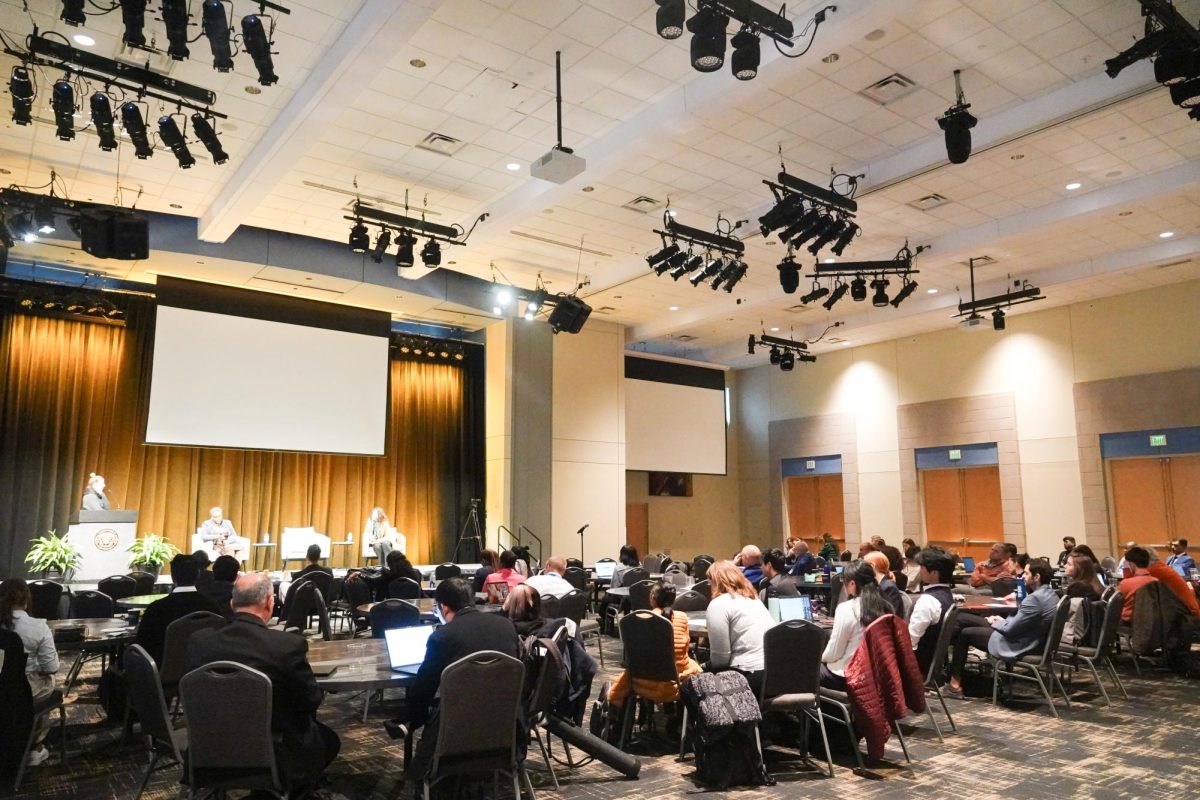


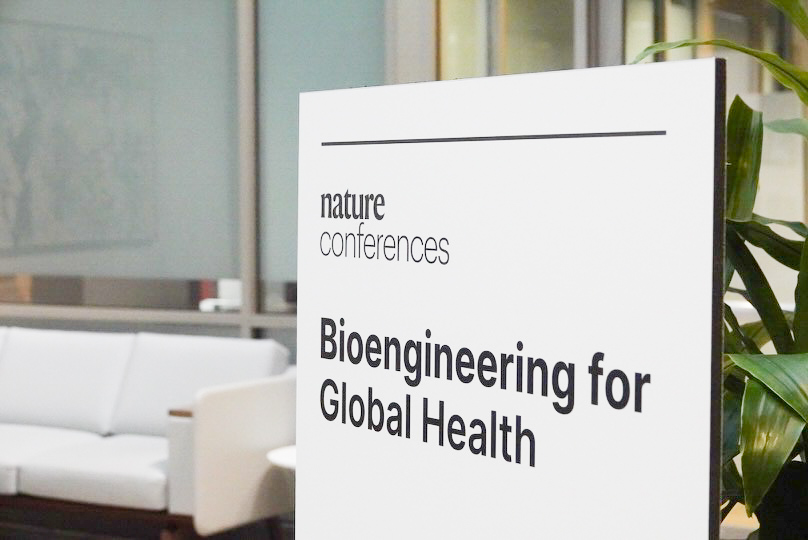
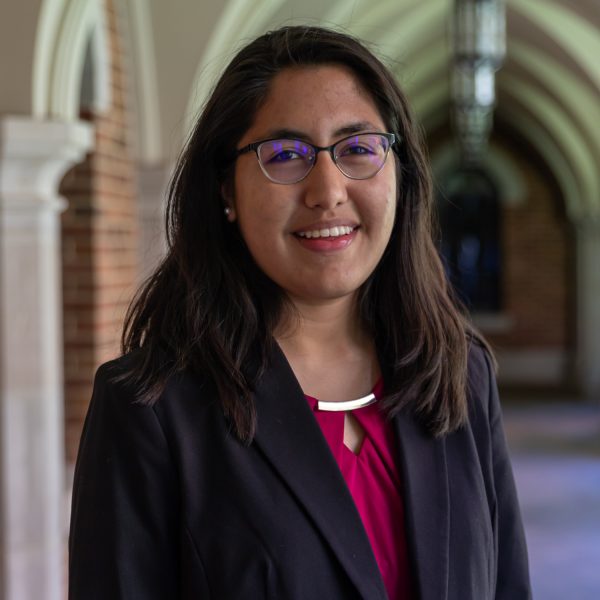
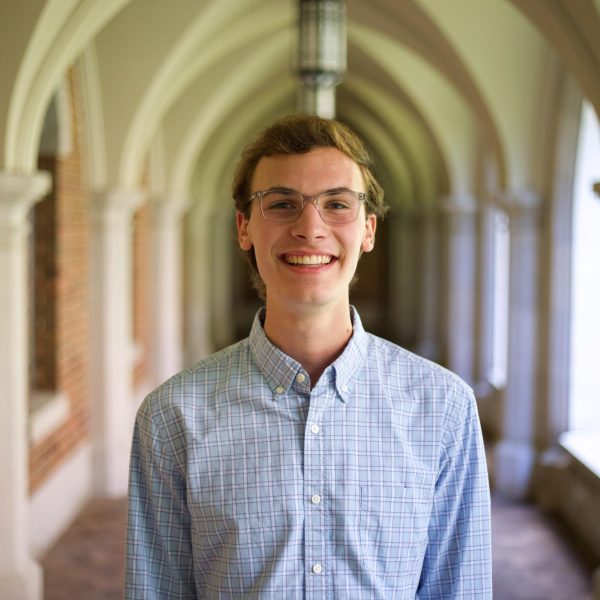
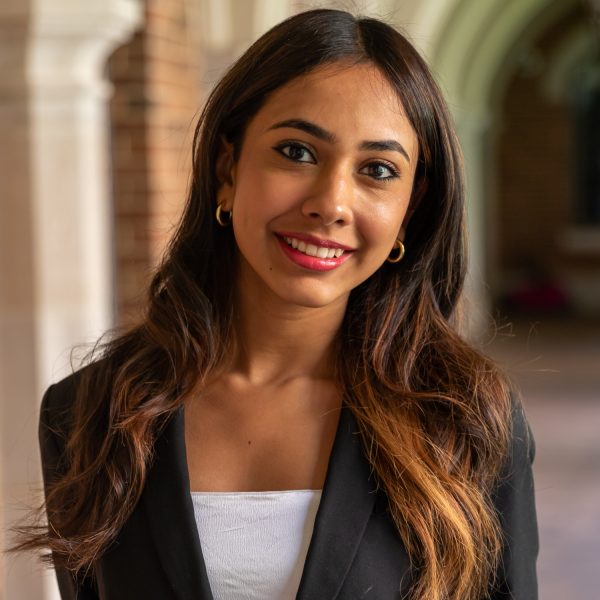
Nick Cui • Oct 14, 2024 at 11:01 pm CDT
Wow! This is an awesome article! That last interviewee had some really good insights!